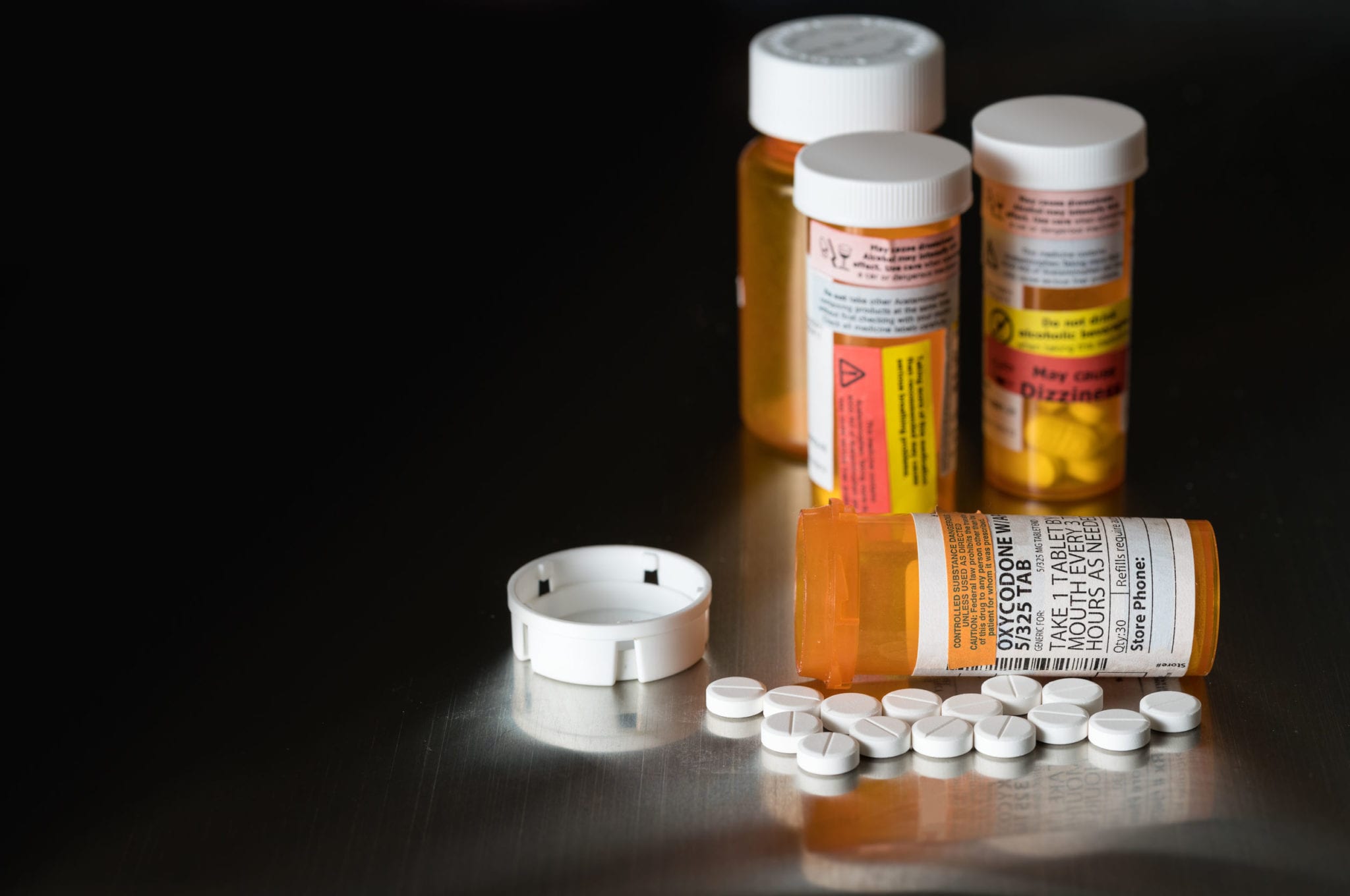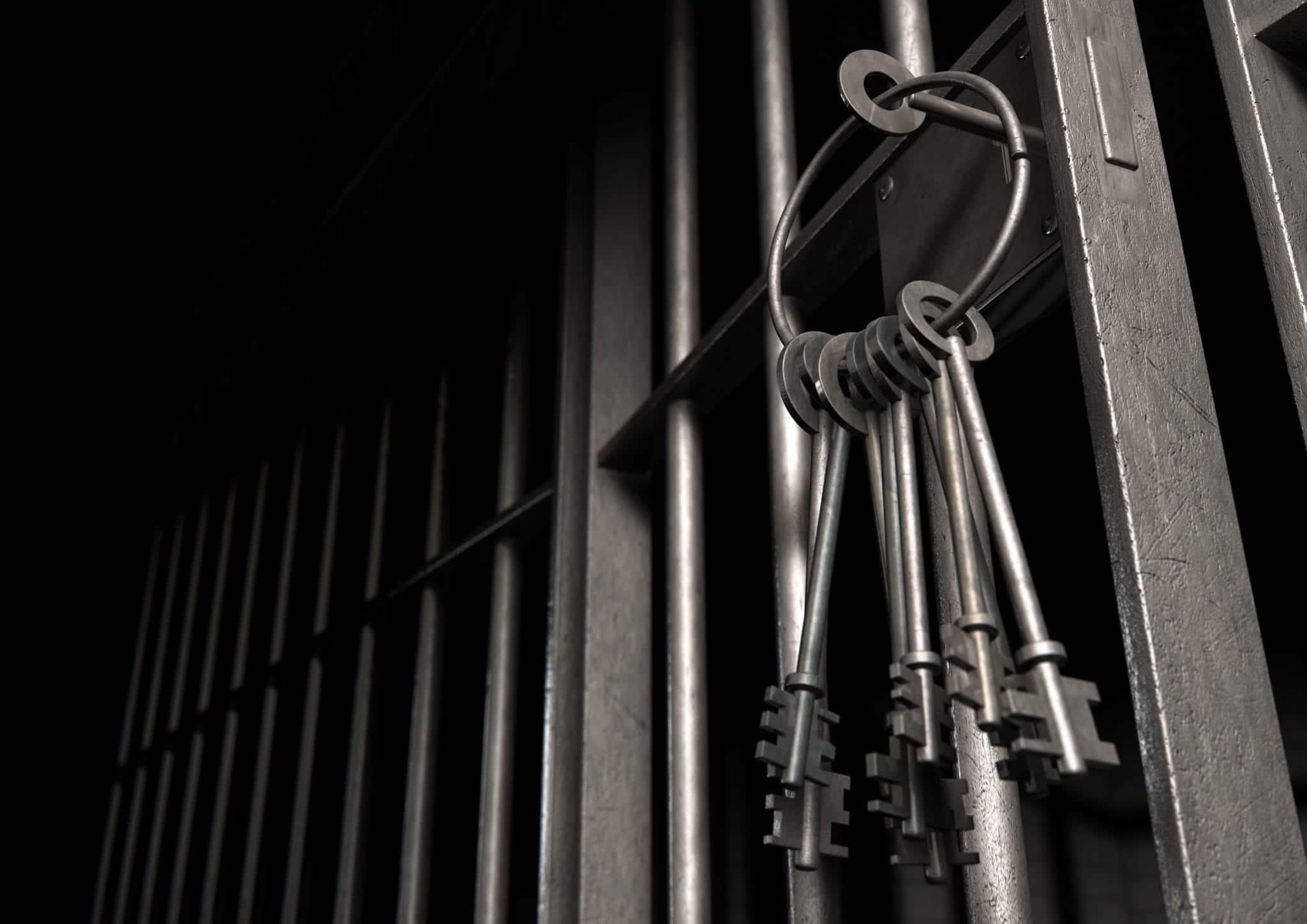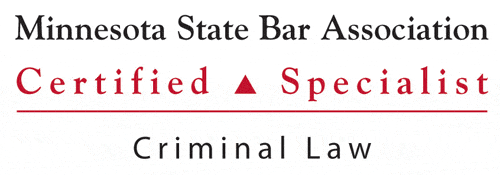
Drug possession and trafficking crimes can involve the manufacture, transport, sale or distribution, or mere possession of any controlled substance, and penalties are based primarily on two factors: what kind of drug it is, and how much you have.
Although millions of prescriptions are filled daily across the country, above board and according to law, there’s a fine line between when handling prescribed medications is legal and when it’s not. In fact, the National Institute on Drug Abuse estimates that prescription opioid abuse alone costs our nation $78.5 billion in crime, lost work, productivity, and healthcare.
It’s no wonder federal, state, and local law enforcement are joining ranks to crack down on this crisis. In this post, we will specifically focus on how illegal prescription drug possession and trafficking crimes are currently being charged and penalized here in Minnesota.
The Role of Federal Regulation
For the most part, laws pertaining to prescribed opioids (and other prescribed controlled substances) comply with the federal Controlled Substances Act (CSA). The majority of prescription opioids are classified as Schedule II controlled substances, and the portion of the act pertaining to these and other controlled substances was intended to “create a ‘closed system’ for opioid distribution” and deter anyone besides the person with the prescription from using them.
When that doesn’t happen, Minnesota law comes down hard. With the opioid epidemic in full swing, and Minnesota hard at work cracking down on trafficking across our state, consequences for Minnesota prescription opioid drug crimes are nothing short of severe.
Prescription Drug Crimes & Penalties in Minnesota
Looking specifically at prescribed opioids, dependent upon which end of the deal you are on (buyer? seller? something in-between?), how much you have, and your intent, possession and trafficking felonies carry sentencing up to a 25-year prison term and imposition of a $500,000 maximum fine.
- Selling Schedule II prescription drugs to a minor, or selling to anyone in or near a drug-free zone (school, park, or public housing) is a second-degree felony offense, subject to 25 years maximum jail time and up to $500k in fines.
- When you’ve been caught in possession of Schedule II prescription drugs in or near a drug-free zone (school, park, or public housing), you may face third-degree felony charges, which carry a 20-year max prison term and up to $250k in fines.
- Face felony charges in the fourth degree when you possess Schedule II prescription drugs in any amount with the intent to sell. This leaves you open to up to 15 years in jail and the possibility of $100,000 in fines.
- If you’ve got Schedule II prescription drugs on your person in any amount, but only intend them for personal use, you may still be charged with a felony of the fifth degree, which carries up to five years and $10k in fines.
The bottom line is prescription drugs legally require a doctor’s prescription, and if you’re caught in illegal possession or found dispensing them outside the intended use, you stand to face major consequences.

However, it’s the small factors like intent can make the biggest impact on how your prescription drug charges are handled. When the difference can mean tripling a jail sentence and paying a fine ten-fold, it’s imperative to know how to fight.
About the Author:
Christopher Keyser is a Minneapolis-based criminal and DWI defense attorney known for fighting aggressively for his clients and utilizing innovative tactics to get the most positive results. He has been featured in numerous media outlets due to the breadth and depth of his knowledge, and recognized as a Minnesota Super Lawyers Rising Star (2014–2015), a Top 100 Trial Lawyer (2013–2015), and a Top 40 Under 40 Attorney (2013–2015).





